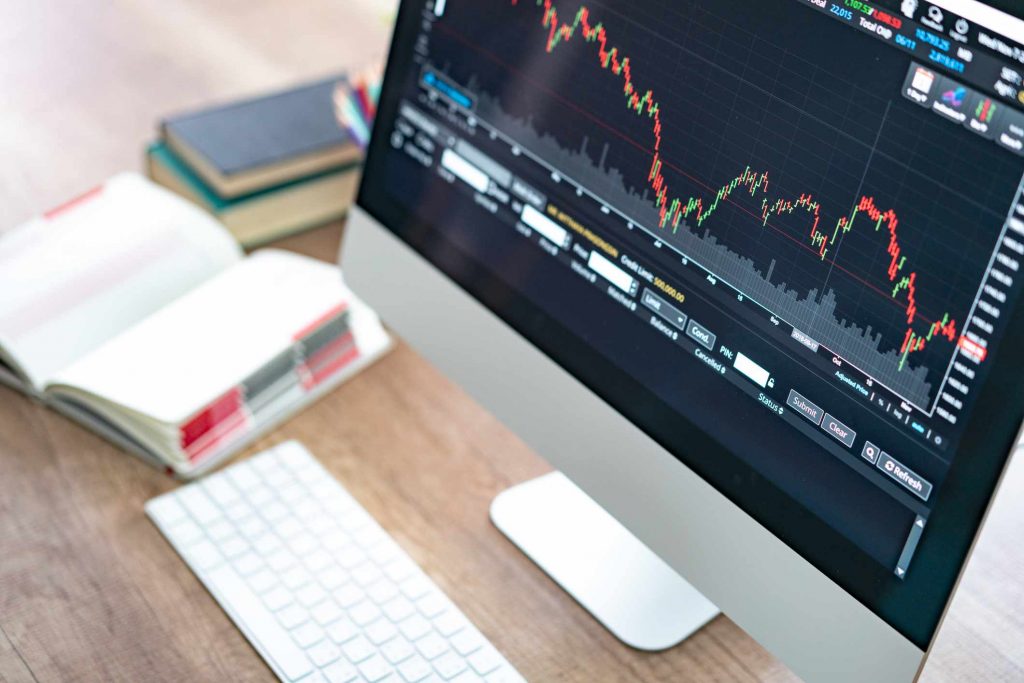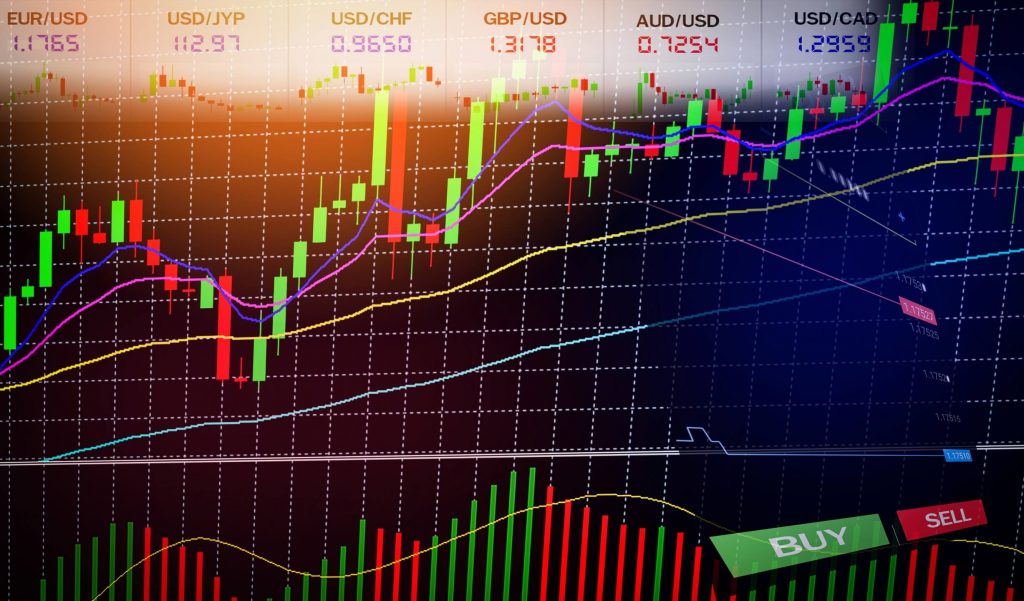
In the stock markets, many investors choose to invest their money in ETFs. These financial investments have seen an increase in their success since 2008. They now account for around 33% of stocks managed in the US and 20% in Europe. In view of advances in technology and communication, this trend is set to increase further. What is an ETF and how do I invest in these financial products on the stock market? Illumination in this article.
ETF: a passive fund that replicates index performance

The ETF (or Exchange Traded Fund) is also called a “tracker”. It is a passive fund, as opposed to an active investment fund. The main objective of an active fund is to beat the stock market, while a passive fund aims to replicate the performance of indices in the market. An ETF therefore replicates the performance of certain indices, such as the CAC 40 or commodities.
For example, the CAC 40 tracker is a solution for all those who wish to position themselves in large Britain companies without knowing which one to choose. While some will choose to invest in certain index stocks, buying the tracker allows you to strictly reproduce the performance of the CAC 40 index and its stocks. The main advantage of this practice is the easy diversification of investments. In fact, the tracker places the orders for you, freeing you from having to place all 40 orders yourself.
The different techniques for investing in a stock exchange ETF
Do you want to invest in an ETF but don’t know how to proceed? There are several options available to you:
- or uses a banking establishment or a broker. This technique is generally quite limited, as you will not be able to invest in all index funds. Also be sure to consider any transaction fees that may apply.
- or you invest in an ETF that offers several fiscal envelopes: life insurance, stock savings plan or securities account. Households generally prefer life insurance, which is flexible and tax efficient.
- or you go to an investment platform.
Which ETF to choose?
You are probably wondering which trackers to invest in. There are many in this area, which leaves you a wide choice. Encourage ETFs that replicate the performance guaranteed by large savings stock indices. You can also choose a tracker that replicates the performance of the global economy. Therefore, choosing the right trackers comes down to considering dividends and replication methods.
ETF: the different types of replication
There are two types of replication in particular:
- physical replication: these ETFs consist of stocks or shares that make up the index. They are used very often in the GBR.
- synthetic replication: these ETFs are mainly used in Europe. Performance replication is partial, meaning that the manager buys only part of the basket of stocks or shares in the benchmark index. It also means that the process assumes a quid pro quo, in the form of a forward contract.
We advise you to choose a physical replica instead, a more transparent solution that offers a better guarantee in the investment process.
Choosing an ETF and considering dividends

Before you make your final choice of ETFs, there are a few things to consider. As far as dividends are concerned, there are two types of mechanism:
the capitalisation tracker: through this, dividends are reinvested in the ETF
the distribution tracker: you receive the dividends received in your securities account, life insurance or stock savings plan.
Please note that if you opt for a funded ETF model, you will not be taxed when the dividend is paid as there will be no distribution but capitalisation. However, the ETF capitalisation formula offers the advantage of not having to reinvest the ETFs in each detachment.
Leave a Reply